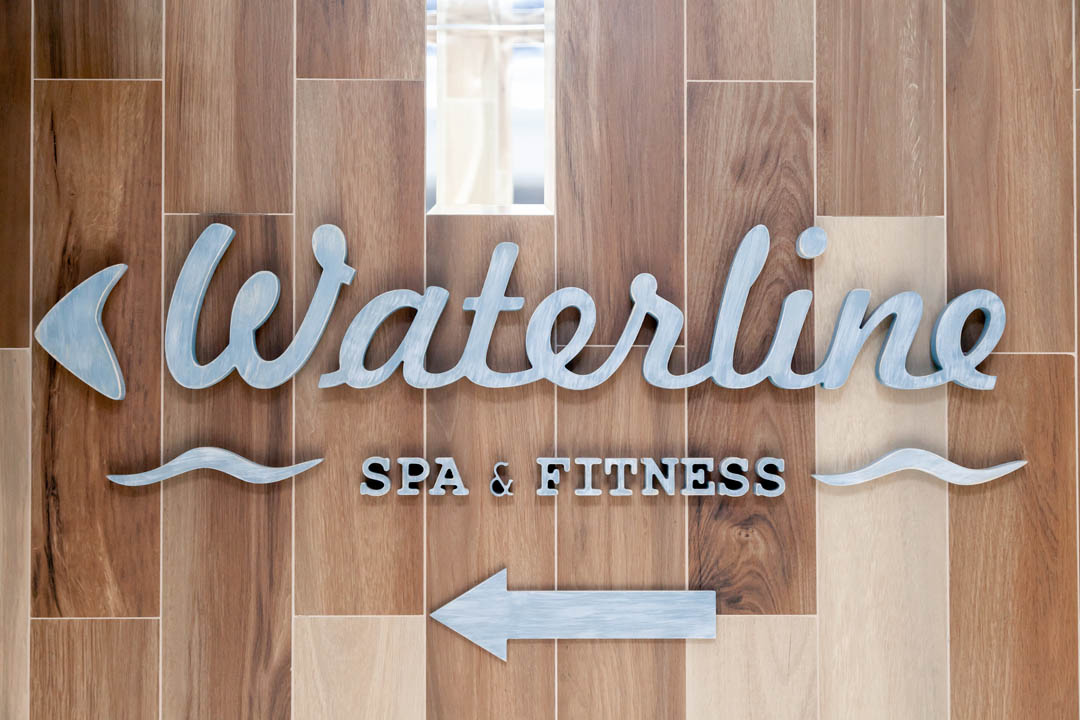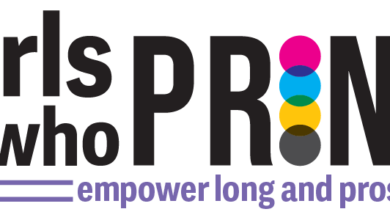The signage industry plays a crucial role in visual communication, advertising, and branding. From storefront signs to billboards, vehicle wraps to digital displays, signage is everywhere, conveying messages to potential customers. If you’re considering getting involved in this industry, let’s take a basic look at signage along with some pros and cons, barriers to entry, potential benefits, and areas of concern.
You’re already almost there
If your business has anything to do with graphics (let’s assume that since you’re reading this it does), then you likely already possess most of the knowledge and design background to readily take on basic components involved in successfully navigating signs. Most of us are already masters of other graphic processes and materials used in screen printing, laser engraving, and large-format printing. You already know your vectors, so you are ahead of the game. Much of what you have learned and applied successfully for clients on other projects can help you work outside of the “branding box” and help them with new work.
So, you think you can sell signs
 I hear this over and over again from people. You’ve successfully completed a large run of company T-shirts, embroidered uniforms, or custom engraved promotional items. Your customer is ecstatic with the quality and results. They look at you with satisfied eyes and ask you, “Do you guys do signs?” You have a captive, vetted potential client that Fortune 500 companies would drool over standing right in front of you! We know you have the basic skill set and we just unveiled an incredible untapped market. The ball is now in your court. Not convinced signage is worth taking on? Here are a few things to consider:
I hear this over and over again from people. You’ve successfully completed a large run of company T-shirts, embroidered uniforms, or custom engraved promotional items. Your customer is ecstatic with the quality and results. They look at you with satisfied eyes and ask you, “Do you guys do signs?” You have a captive, vetted potential client that Fortune 500 companies would drool over standing right in front of you! We know you have the basic skill set and we just unveiled an incredible untapped market. The ball is now in your court. Not convinced signage is worth taking on? Here are a few things to consider:
- High demand: Signage is a necessity for businesses of all sizes and industries, ensuring a constant demand for signage products and services.
- Creative expression: It offers opportunities for creativity and innovation in design, materials, and technology.
- Diverse opportunities: The industry encompasses various sectors, such as indoor/outdoor signage, digital signage, vehicle wraps, and more, providing diverse opportunities for specialization.
- Local focus: Many signage projects are local, allowing small businesses to thrive by catering to their local community.
- Steady revenue: Once established, a signage business can generate steady revenue streams through repeat customers and referrals.
Of course, the grass is not always greener on the other side of the fence. There are a few good reasons to complement your existing shop’s product lines with signage without diving headfirst into being a “sign only” shop. Here are a few things to keep in mind about dabbling in this industry:
- Highly competitive: The industry can be fiercely competitive, especially in densely populated areas with numerous signage companies vying for clients.
- Technological advancements: Keeping up with rapidly evolving technology can be challenging and costly.
- Seasonal fluctuations: Demand may fluctuate seasonally or due to economic factors, affecting business stability.
- Regulatory compliance: Signage businesses must comply with local regulations and zoning laws, which can be complex and restrictive. (This is a big deal for exterior signage and why I suggest keeping initial signage work to interior and temporary signs that do not involve permits.)
- Capital intensive: Initial investment in equipment, materials, and marketing can be significant, especially for those starting from scratch. With the tremendous network of companies providing wholesale signage for everything from Americans with Disabilities Act-compliant signs to exterior electrical signs, there has never been a better time to go after more complicated projects by teaming with a good wholesale partner. Let them invest in the heavy equipment and specialty labor.
Getting started
Take a consultative sales approach at this point if signage is new for you. That means asking a lot of questions. You’re not going to be taking on a major rebranding of multiple locations needing new exterior signs on your first go around, so let’s define what makes sense to confidently tackle potential sign projects.
Unless you are already familiar with local zoning and permitting codes and procedures, keep signage to interior or temporary applications that do not require municipal governance. This immediately offers opportunities to provide lobby logos, simple facility wayfinding, window graphics, vehicle graphics (start with lettering and work your way to wraps), popular environmental graphics in the form of wall coverings, as well as temporary event signage in the form of banners, flags, and sandwich-style signs. Many of these products can easily be completed with your existing equipment if you have printers and plotters. The rest can likely be supplied by some of your current material suppliers. You would be surprised to find out what they can provide if you ask. If they can’t, they should be quick to point you to a referral who can.
These projects allow you to easily transition into signage projects. You control the design aspect and run the project management. Taking good notes during a site visit to gain measurements, access restrictions, and equipment needs puts you in the driver’s seat. You’ll be able present drawings of your proposal for client approval, create production files for in-house management or to send out to a sub-contractor or vendor to produce. By carefully processing these initial projects, you will gain the confidence and knowledge to take on further and more complex opportunities.
Barriers & benefits
Of course, it isn’t as simple as just hanging a “We now make signs” banner on your shingles and diving in. It’s important to keep in mind what signage companies have to deal with:
- Environmental impact: Some signage materials and production processes may have negative environmental implications. This barrier is primary involved with Environmental Protection Agency and Occupational Safety and Health Administration requirements for painting.
- Customer satisfaction: Meeting client expectations, especially in terms of design, quality, and deadlines, is crucial for retaining customers.
- Health and safety: Installation of signage, particularly in high-risk environments or at heights, requires adherence to strict safety protocols.
- Technology disruption: Rapid advancements in technology could render certain equipment or practices obsolete, necessitating ongoing adaptation and investment.
 When you go into this with an open mind and armed with knowledge, the pleasure can be worth all the pain. You can achieve the following:
When you go into this with an open mind and armed with knowledge, the pleasure can be worth all the pain. You can achieve the following:
- Creative fulfillment: Signage allows for creative expression and satisfaction in seeing your designs come to life.
- Flexibility: You can tailor your services to cater to specific industries, niches, or client preferences.
- Community impact: Local businesses rely on signage to attract customers, contributing to the vibrancy of communities.
- Potential for growth: With the right strategy and execution, your business can expand its signage offerings, clientele, and revenue streams over time.
Overall, entering the signage industry can be rewarding for those with creativity, technical skills, and a willingness to navigate challenges and opportunities in a dynamic market landscape. Research, planning, and a clear understanding of your client’s need will be essential for success in entering and succeeding in the sign business.







